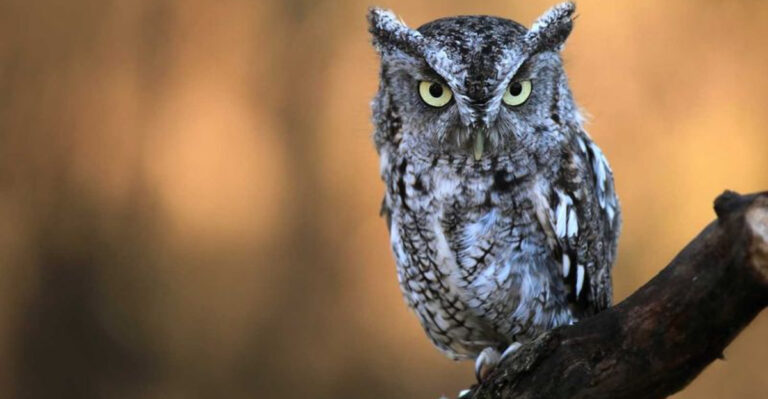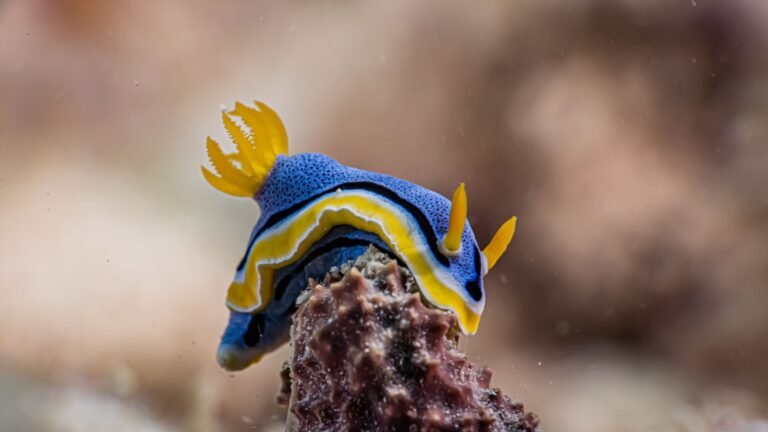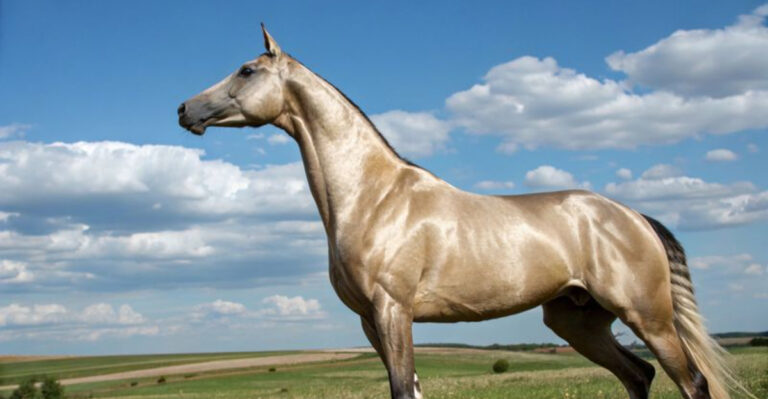This “Polar Bear Lizard” Once Roamed The Alaskan Wilderness
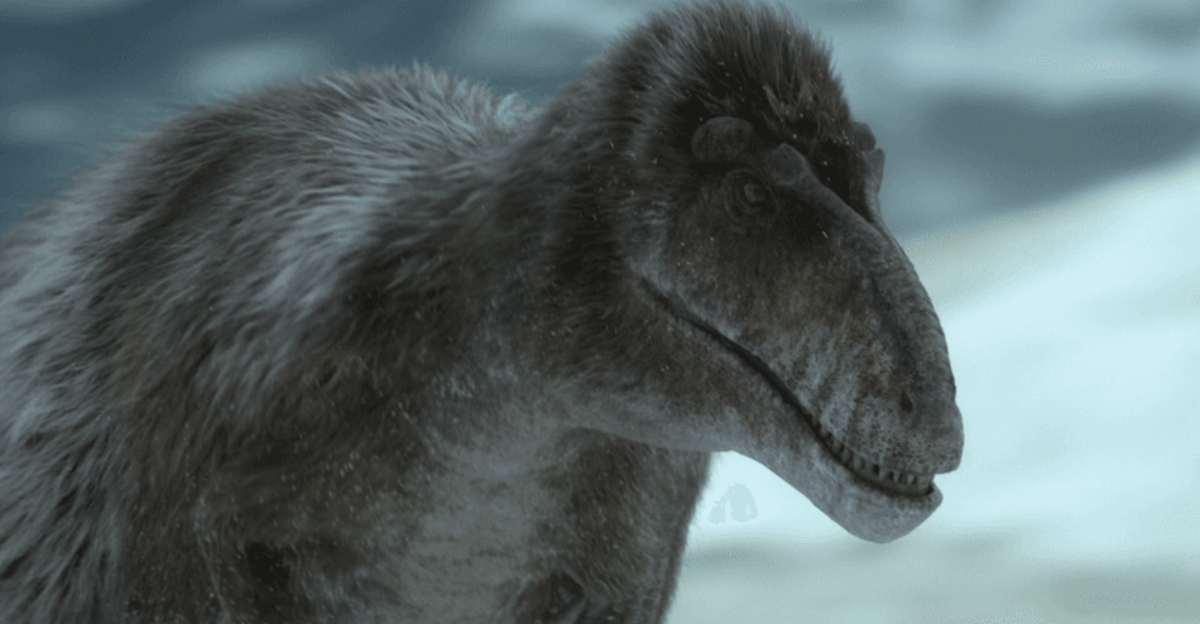
Recently, the remains of a carnivorous, tyrannosaurid dinosaur were found in Alaska — named Nanuqsaurus, or “polar bear lizard”, after the cold, snowy upper latitudes of its natural habitat.
The single species Nanuqsaurus hoglundi is known from a partial skull fragment from the Prince Creek Formation of the North Slope of Alaska, dating back to the Late Cretaceous period.
Although related to Tyrannosaurus rex, the polar bear lizard was only half its size, estimated to have stood at about twenty feet in length.
1. The Discovery Of Nanuqsaurus
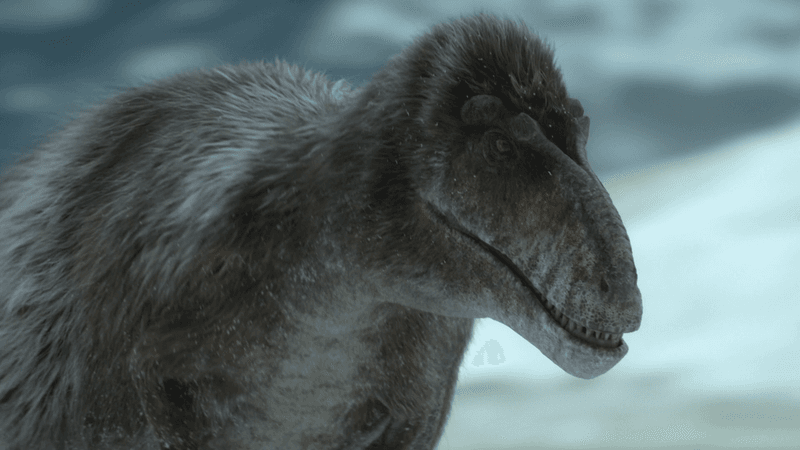
In the frozen tundra of Alaska’s North Slope, a remarkable discovery was made that would change our understanding of prehistoric life in the Arctic. The partial skull of a dinosaur, later identified as Nanuqsaurus hoglundi, was unearthed from the Prince Creek Formation.
This region, known for its harsh climates and rugged terrains, surprisingly preserved these ancient remains for millions of years.
Imagine a dinosaur roaming through icy landscapes, its remains being hidden beneath layers of frost and earth until uncovered by dedicated paleontologists.
The discovery was not only challenging due to the extreme weather conditions but also because of the intricate process of identifying and classifying the remains.
The skull fragment, though incomplete, provided valuable insights into the life of this unique tyrannosaurid. Researchers were able to deduce that despite its smaller stature compared to its famous cousin, the Tyrannosaurus rex, Nanuqsaurus was a formidable predator of its time.
This discovery sheds light on the adaptability of dinosaurs and their ability to thrive in diverse environments, including the polar regions. Unearthing such a significant piece of history from the icy grips of Alaska stands as a testament to human curiosity and scientific endeavor.
2. Life And Environment Of Nanuqsaurus
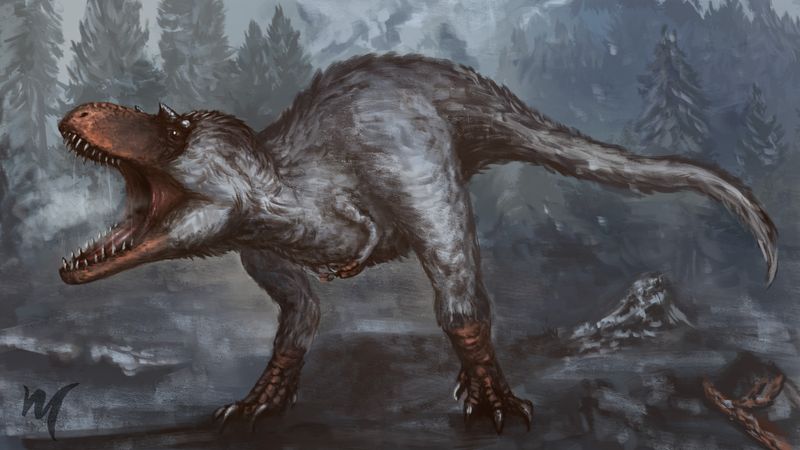
Nanuqsaurus hoglundi lived during the Late Cretaceous period, a time when the Earth was warmer, yet the polar regions still experienced long, dark winters. Imagine a world where this ‘polar bear lizard’ prowled through snow-laden forests, a predator equipped to survive in an unforgiving climate.
This dinosaur, estimated to be about twenty feet long, was significantly smaller than its relative, the Tyrannosaurus rex, but no less impressive.
With a keen sense of smell and powerful jaws, Nanuqsaurus was perfectly adapted to its cold environment. Its ability to hunt and scavenge during the long Arctic nights showcases its resilience and survival skills.
The environment of the North Slope during this period was rich in vegetation, supporting a variety of life forms. Nanuqsaurus would have shared its habitat with other prehistoric animals, each competing for survival in a challenging ecosystem.
This paints a vivid picture of life in the ancient Arctic, where survival required adaptation and ingenuity. Understanding Nanuqsaurus’s lifestyle provides a glimpse into the diverse ecosystems that existed long before humans walked the Earth.
3. Scientific Significance Of The Find
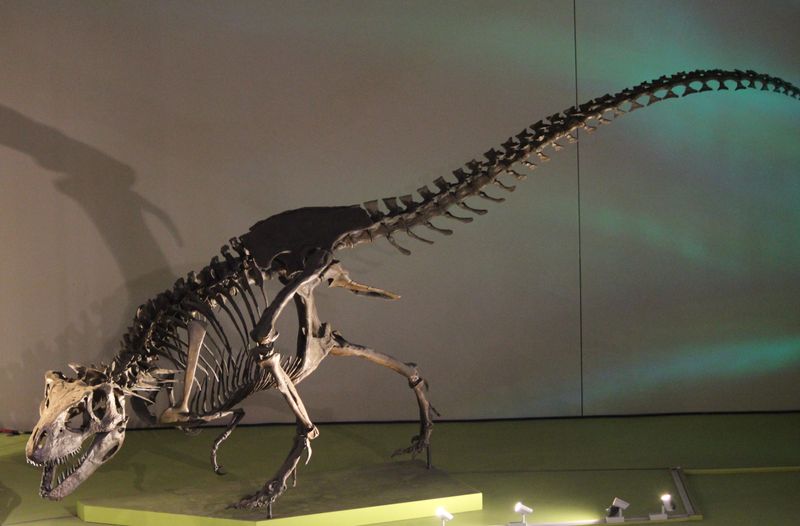
The discovery of Nanuqsaurus hoglundi has profound implications for our understanding of dinosaur evolution and distribution. The presence of a large predator in the ancient Arctic challenges previous notions about dinosaur habitats, suggesting that these creatures were more adaptable than previously thought.
Scientists studying the skull fragments have uncovered details about the evolutionary pathways of tyrannosaurids. The size and structure of Nanuqsaurus suggest that it may have evolved from larger ancestors, a process known as insular dwarfism, adapting to the specific needs of its environment.
This find also raises intriguing questions about how dinosaurs could survive in such cold regions, where food sources would have been scarce during the winter months.
The implications of this discovery extend beyond paleontology, offering insights into climate adaptation and survival strategies that can be applied to modern-day species facing environmental changes.
Ongoing research continues to explore these dynamics, as scientists piece together the life story of Nanuqsaurus, contributing to a broader understanding of life on Earth millions of years ago. Such findings inspire awe and highlight the incredible adaptability and diversity of life throughout history.
4. Nanuqsaurus’ Survival Secret
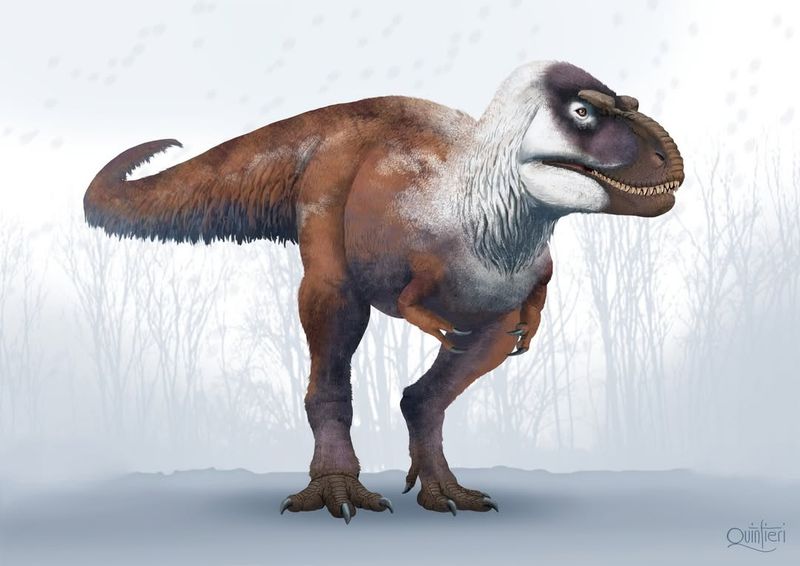
Nanuqsaurus, the so-called ‘Polar Bear Lizard,’ thrived in Alaska’s frosty Cretaceous period. As mentioned earlier, its smaller stature, compared to other tyrannosaurids, hints at evolutionary dwarfism.
Surviving in the Arctic meant adapting to limited resources and enduring long, dark winters. This dinosaur likely evolved a more efficient metabolism, perhaps with a layer of insulating, fur-like skin. Its presence in such an extreme habitat reveals its resilience and adaptability.
Fossil evidence suggests Nanuqsaurus may have hunted in packs, optimizing energy use. Its story offers a glimpse into nature’s ability to innovate, ensuring survival in the most unforgiving environments.
5. Nanuqsaurus In Popular Culture
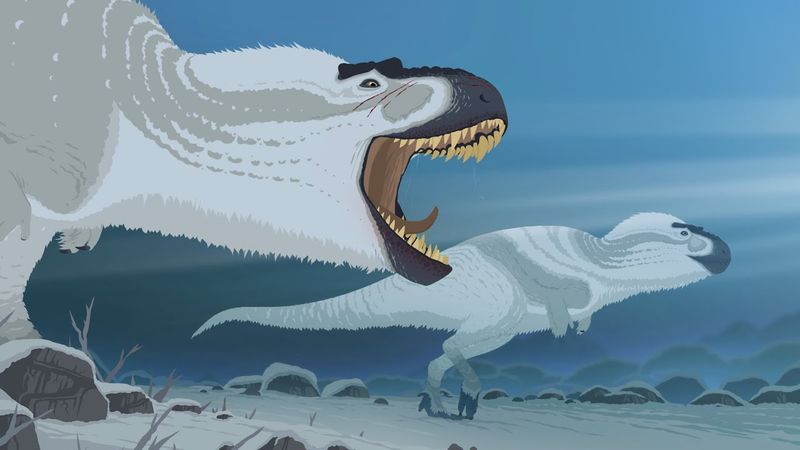
Nanuqsaurus, the enigmatic “polar bear lizard,” has made its way into popular culture in unexpected ways. Imagine a dinosaur superhero!
In comic books, Nanuqsaurus has been reimagined as a caped crusader, fending off mythical Arctic monsters. This creative portrayal speaks to the intrigue surrounding its unique adaptations.
Television shows have also embraced this fearsome creature, featuring it in thrilling documentaries exploring its icy home. Artists and sculptors are inspired, crafting captivating pieces that capture its essence. Nanuqsaurus isn’t just a relic of the past; it’s a dynamic part of our cultural imagination today.

